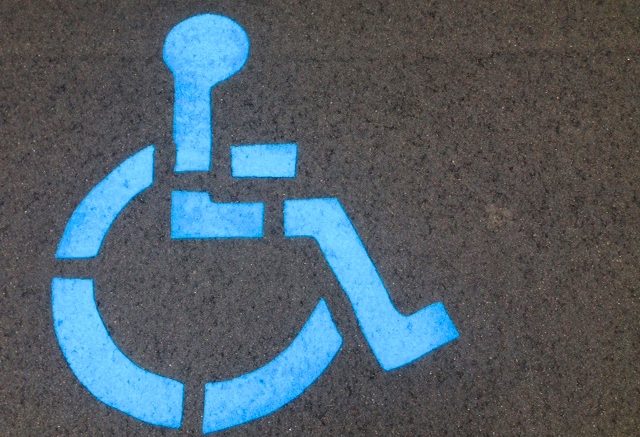
[Editor’s Note: Michael Osterholm’s comment’s about the issue of treatment and vaccines in the last ten minutes of the interview gives a much-needed reality check regarding our future with COVID-19. As he notes earlier in the interview, we are being confronted by a”long winter” and not a short-term “blizzard.” — Mark L. Taylor]
The Joe Rogan Experience (3/10/20)
Michael Osterholm is an internationally recognized expert in infectious disease epidemiology. He is Regents Professor, McKnight Presidential Endowed Chair in Public Health, the director of the Center for Infectious Disease Research and Policy (CIDRAP), Distinguished Teaching Professor in the Division of Environmental Health Sciences, School of Public Health, a professor in the Technological Leadership Institute, College of Science and Engineering, and an adjunct professor in the Medical School, all at the University of Minnesota.
Look for his book “Deadliest Enemy: Our War Against Deadly Germs” for more info.
*****
This Is Not The Flu: Coronavirus Is Unlike Anything Seen In Our Lifetime
By Charles Ornstein
ProPublica (3/14/20)
As a longtime health care reporter, I see the unfolding coronavirus pandemic as representing everything I’ve read about — from the early days of epidemiology to the staggering toll of the 1918 Spanish Flu pandemic — but had not covered in my lifetime.
And still, I have been caught off guard by the pushback from top elected officials and even some friends and acquaintances who keep comparing it to the flu.
“So last year 37,000 Americans died from the common Flu,” President Donald Trump wrote on Twitter on March 9. “It averages between 27,000 and 70,000 per year. Nothing is shut down, life & the economy go on. At this moment there are 546 confirmed cases of CoronaVirus, with 22 deaths. Think about that!”
By Friday, Trump had declared coronavirus a national emergency, freeing up resources and removing hurdles for a faster response.
In a crisis moment, supplies like ventilators and N95 face masks will be key. But as National Geographic and other media have reported, the United States has only a fraction of the medical supplies it needs.
In the meantime, not one public health expert I trust — not one — has said this flu comparison is valid or that we’re overdoing it. Every single one, from former FDA Commissioner Scott Gottlieb to Harvard professor Ashish Jha, has said we’re not doing enough, that this is far more serious than it is being taken.
Here’s why that is:
This is far deadlier than the flu.
As Dr. Anthony Fauci, director of the National Institute of Allergy and Infectious Diseases, and others have said, COVID-19 is deadlier than the flu. It’s deadlier for young adults. It’s deadlier for older adults. In China, early data shows that it was 10 times deadlier. This chart from Business Insider compares U.S. flu deaths to deaths in China from COVID-19.
The flu kills less than 1% of infected people who are over age 65. By comparison, in China, COVID-19 killed 8% of those infected who were 70-79 and almost 15% of those infected who were age 80 or older. That’s a staggering difference.
Even for younger people, the difference was striking. Flu killed .02% of infected patients age 18-49. It’s 10 times that for COVID-19.
In other countries, such as South Korea, the death rate has been far lower.
But if 1 in 12 people age 70-79 who get the virus and 1 in 7 people age 80 or older who get the virus die, and the virus spreads to 20%, 40% or 70% of the population, we’re talking massive death tolls, the likes of which we have never seen before in our lives.
“I mean, people always say, well, the flu does this, the flu does that,” Fauci said Wednesday during congressional testimony. “The flu has a mortality of 0.1%. This has a mortality rate of 10 times that. That’s the reason I want to emphasize we have to stay ahead of the game in preventing this.”
Our health care system doesn’t have the capacity to deal with this.
Epidemiological experts keep talking about the need to “flatten the curve.” What they mean by that is that we need to slow the speed at which new cases are reported. We may not be able to stop the spread of the coronavirus, but we have to try to manage it. If 1,000 new cases happen over a month instead of a week, the health care system is more able to handle them.
Here’s why this is a worry: Overall, our hospitals have fewer beds than other developed countries, according to recent data from the Organization for Economic Cooperation and Development. The United States had 2.8 beds per 1,000 residents. By comparison, Germany had 8 beds and China 4.3 per 1,000.
The United States looks better when it comes to intensive care beds, but there’s tremendous variation between regions and states. If we experience what parts of China and Italy saw, we won’t have anywhere for sick patients to go. We will quickly run out of capacity. …

